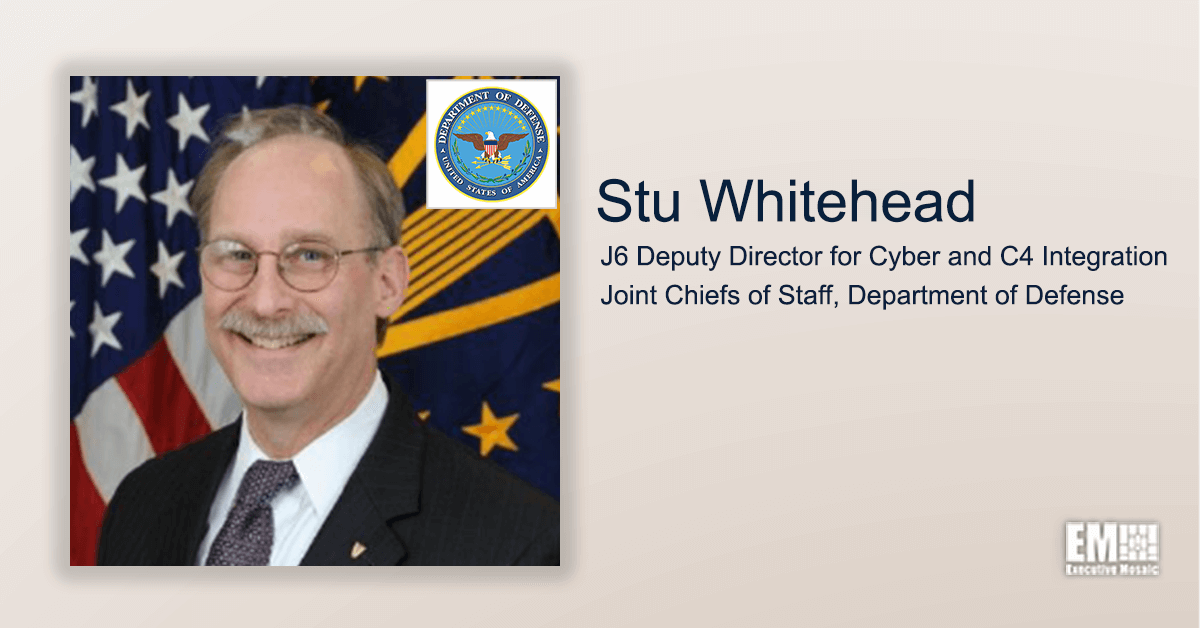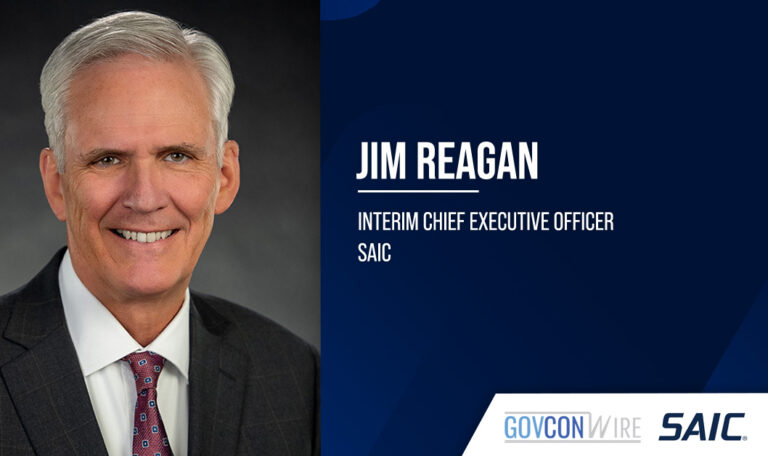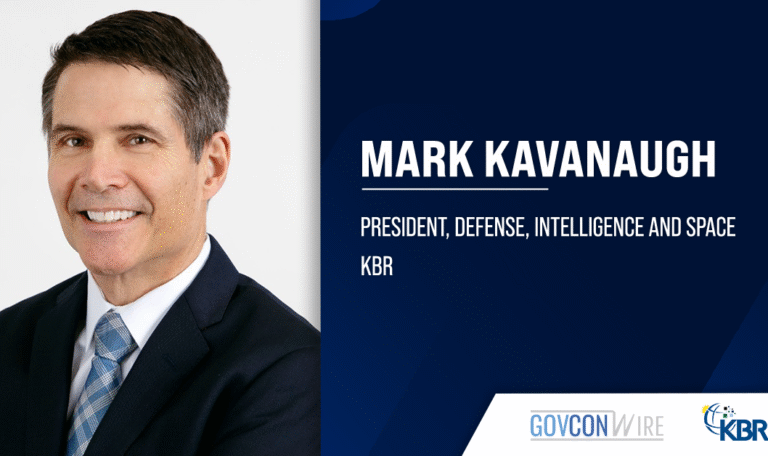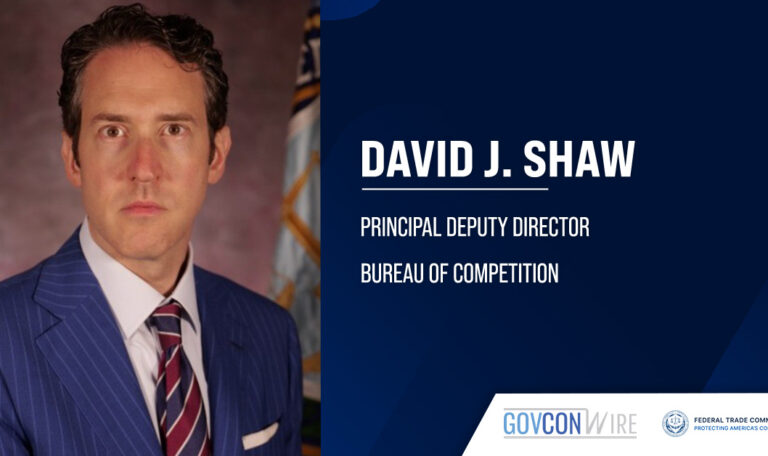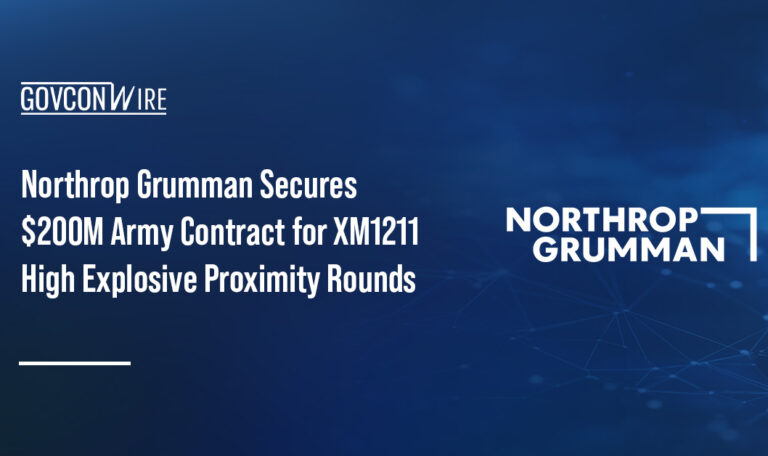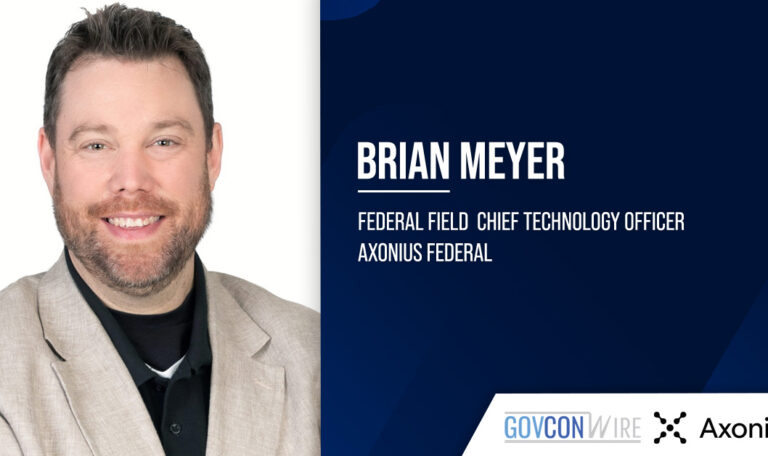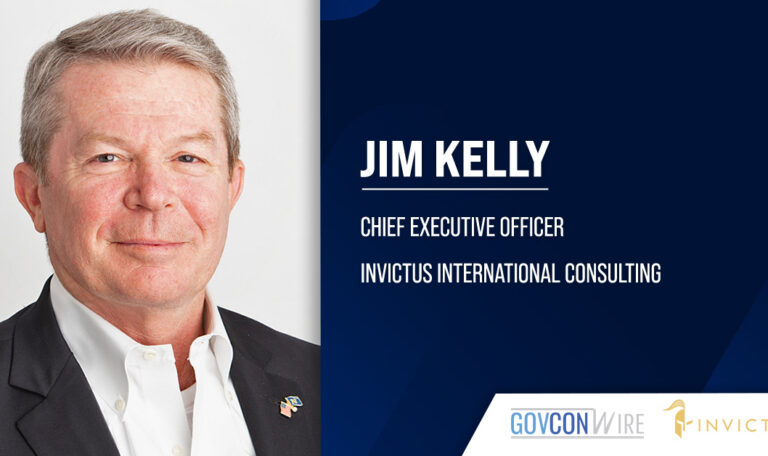The Department of Defense is working to overcome international policy-related hurdles, data tagging challenges and training obstacles as it looks to build resilient mission partner environments and implement JADC2 on an enterprise level.
These issues are becoming increasingly more urgent today as the tense geopolitical landscape continues to change, said Stuart Whitehead, deputy director for cyber and C4 integration at the Joint Chiefs of Staff’s J6 directorate.
“The character of war is changing at an accelerated pace and recent events have only brought that even further into focus,” Whitehead said during the Potomac Officers Club’s The Future of Mission Partner Information Sharing Forum.
“We’ve reached the point where we must continuously innovate and empower our future force to meet the challenges which lie ahead,” he added. “And when we speak about all domain command and control in particular, that means the ability to synchronize our command and control activities across all domains, not as an afterthought, but as a premeditated means to achieve decision advantage, leveraging the full capabilities of our coalition or alliance to optimum use.”
Among the key obstacles to JADC2 and mission partner information sharing, Whitehead explained, is an absence of cohesiveness across allied services and a lack of adaptability to uncertainty.
“We lack an orientation and an integrating framework for services, allies, and partners to drive development and collective performance,” Whitehead said. “Today, we really are not agile.”
As a solution, Whitehead suggests implementing a data-centric approach that promotes organic interoperability while simultaneously delivering security and expecting change. Because coalition operations often include a wide variety of partners that can and will change over time, the Defense Department needs to be prepared to accommodate and federate various identity, credential and access management techniques, he posited.
Another important element of mission partner information sharing in today’s environment is finding a common standard for data tagging.
“If we are to improve,” Whitehead said, “we must establish a minimum set of metadata tags that can be used uniformly across the enterprise. If we can do that, we can then link identity access to the data via the tags, and as the levels of trust change, we have the ability to manage access dynamically and ensure that only authorized users have access to the data that they should.”
However, his recommendation for achieving this is “counterintuitive” to the strategy the department has employed in the past.
“We should start from the outside and work our way in,” he suggested. “And by that, I mean we start by examining those standards where we already have achieved international agreement and then work our way into alliance standards, interagency and then point, as opposed to solving very discreet problems and then trying to build on top of it.”
Training and workforce development should also be more highly prioritized as the Defense Department moves forward with JADC2.
“We actually don’t train the way that we operate,” he commented. “That’s one of our first problems.”
Visit the Potomac Officers Club’s event page to view Stu Whitehead’s full keynote address and Q&A session on-demand now.

The Potomac Officers Club’s next event is its in-person 3rd Annual CIO Summit, featuring keynote speaker John Sherman, Defense Department CIO and acting chief digital and artificial intelligence officer, alongside other esteemed speakers from government and industry. Seats are going fast – register today!


